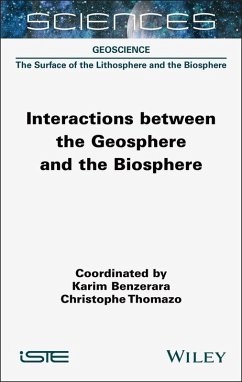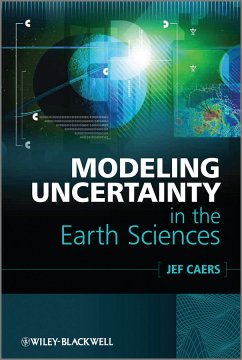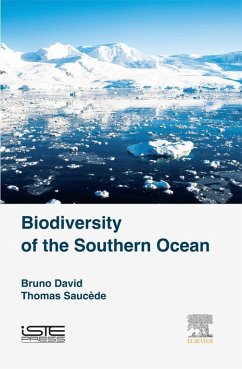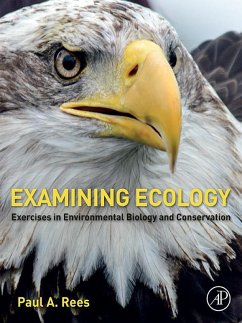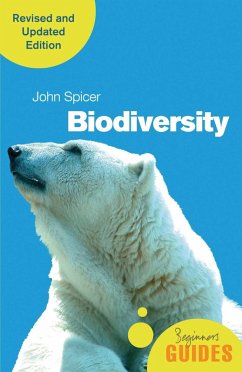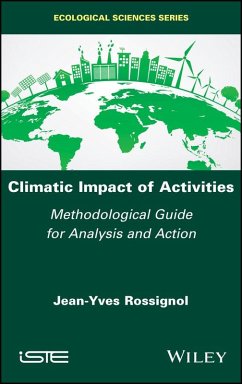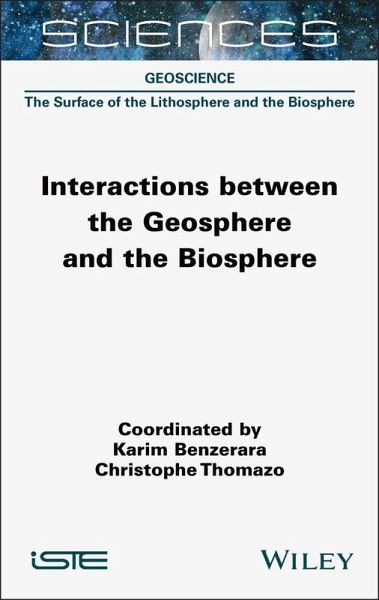
Interactions between the Geosphere and the Biosphere (eBook, ePUB)
Versandkostenfrei!
Sofort per Download lieferbar
143,99 €
inkl. MwSt.
Weitere Ausgaben:

PAYBACK Punkte
0 °P sammeln!
Since their origins billions of years ago, life on Earth and the planet's surface have undergone profound transformations. Microorganisms inhabiting a primitive planet enveloped by a dioxygen-free atmosphere have evolved into the modern biodiversity under the physico-chemical conditions we know today.In Interactions between the Geosphere and the Biosphere, we characterize the nature and diversity of the close interactions between the biosphere and the geosphere that contributed to the formation and degradation of rocks, on the one hand, and sustained the functioning of ecological systems on th...
Since their origins billions of years ago, life on Earth and the planet's surface have undergone profound transformations. Microorganisms inhabiting a primitive planet enveloped by a dioxygen-free atmosphere have evolved into the modern biodiversity under the physico-chemical conditions we know today.
In Interactions between the Geosphere and the Biosphere, we characterize the nature and diversity of the close interactions between the biosphere and the geosphere that contributed to the formation and degradation of rocks, on the one hand, and sustained the functioning of ecological systems on the other. The book then explores how these interactions have led to a genuine coevolution between the biosphere and the geosphere over geological time. The most striking manifestations of this are the evolution of the global biogeochemical cycles of carbon and nitrogen, that of climates and the episodes of diversification and extinction of living organisms.
In Interactions between the Geosphere and the Biosphere, we characterize the nature and diversity of the close interactions between the biosphere and the geosphere that contributed to the formation and degradation of rocks, on the one hand, and sustained the functioning of ecological systems on the other. The book then explores how these interactions have led to a genuine coevolution between the biosphere and the geosphere over geological time. The most striking manifestations of this are the evolution of the global biogeochemical cycles of carbon and nitrogen, that of climates and the episodes of diversification and extinction of living organisms.
Dieser Download kann aus rechtlichen Gründen nur mit Rechnungsadresse in D ausgeliefert werden.




